Shop Top-Quality Perennials & Trees for a Beautiful Garden
Transform your garden into an inviting space with our premium selection of perennials and trees. Whether you're searching for colorful flowers to enliven your garden beds or elegant trees to provide a quick shade for summer, we have you covered. Our top-quality plant collection is chosen for its beauty, resilience, and hardiness.
Embrace the beauty of Perennial Plants and Trees to enjoy scenic beauties season after season with minimal maintenance.
Jenny Matysse
08/21/2024
Fiddlehead Ferns
I love them! Cannot wait for their growing period.
Jennifer Soh
07/21/2024
Ostrich Ferns Look Great!
Arrived alive and well! I can see little baby fern leaves peeking out!
Bruce Sawyer
05/30/2024
Fiddlehead Ferns
I received my ferns packaged well. I have in the past received bare root plants from other nurseries dried and ****. I was pleasantly surprised these were fresh...
Cultivate Elegance with Top-Quality Perennials & Trees
Dreaming of a stunning yet low-maintenance garden? Our premium selection offers vibrant greenery, refreshing shade, and effortless elegance. The best part?! These top-quality plants are designed for easy planting and thrive with minimal care once established. Get ready to enjoy a picturesque garden that’s as enduring as it is beautiful!
Shop AllAttracts Pollinators
Minimal Maintenance
Easy to Plant
Long-Lasting Blossoms

Ajuga Reptans
Looking for a low-maintenance ground cover that thrives where other plants struggle? Meet Ajuga Reptans, the problem-solver of the garden world! This hardy plant of the mint family creates a smooth carpet of leaves topped with cheerful filaments of blue, purple, or white flowers that ypu can enjoy throughout spring and summer.
Perfect for those tricky shaded areas under trees (even black walnuts!), Ajuga Reptans quickly establishes itself to form dense, weed-suppressing mats that help prevent soil erosion. Growing just 6-8 inches tall with flower stalks reaching 12 inches, this adaptable plant is ideal for rock gardens, container edges, and areas that need fast ground coverage.
Transform those bare, problematic spots in your garden into lush, flowering carpets with Ajuga Reptans. It's the smart choice for both beauty and practicality in your landscape design.
This vigorous grower requires minimal care - no fertilizing needed! - and stays virtually pest-free.

Add this captivating native to your shade garden and enjoy its early spring beauty while supporting local ecosystems. A must-have for any woodland garden or naturalized landscape.
Bloodroot
A true gem of eastern North American woodlands, Bloodroot is a fascinating spring plant that brings both beauty and intrigue to shaded gardens. This unique native perennial, the sole species in its genus, produces white flowers with yellow centers that create a magical display in early spring, appearing just when the garden begins to wake from winter.
The flowers, especially the double-flowered varieties, create an enchanting scene that transforms your garden into a woodland paradise. While the blooms may be short-lived, the large, uniquely lobed leaves provide lasting interest throughout the growing season. The plant gets its evocative name from its distinctive red sap, which has historically been used as a natural dye.
Easy to grow and returning faithfully year after year, Bloodroot thrives in shaded areas and woodland gardens with minimal care. It's an excellent choice for naturalizing, as it gradually forms beautiful colonies over time. The seeds are simple to collect, making it a rewarding plant for gardeners interested in propagation.


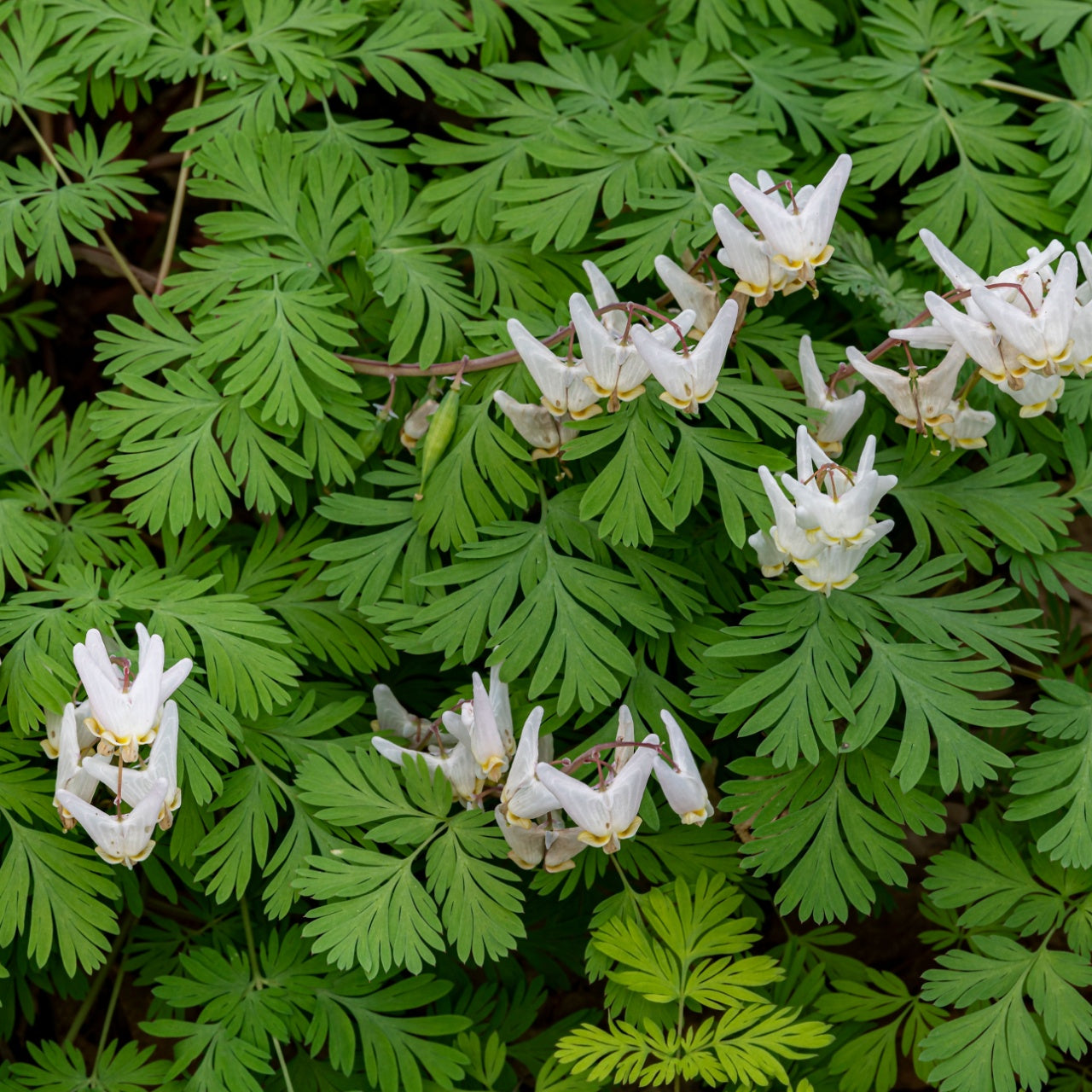
Dutchmans Breeches
Add a touch of whimsy to your shade garden with Dutchman's Breeches, a charming North American native that brings early spring magic to woodland settings. These delicate perennials feature unique white to pale pink flowers that playfully resemble tiny pants hanging upside down on a clothesline, blooming just as winter releases its grip.
Growing only 6-8 inches tall, these compact beauties are perfect for shade gardens, woodland edges, and naturalized areas. Their fernlike, blue-green foliage creates an attractive groundcover even before the distinctive blooms appear in March, making them an excellent choice for layered garden designs.
What makes Dutchman's Breeches truly special is their ability to thrive in challenging shady, moist conditions where many flowering plants struggle. Hardy down to -40°F, they're incredibly resilient while remaining low-maintenance. Their early bloom time provides crucial nectar for emerging pollinators, making them an environmentally conscious choice.
Plant these woodland gems in rich, well-draining soil with partial to full shade. They'll naturally disappear by early summer, making space for later-blooming plants – a perfect example of nature's synchronized garden planning.
Milkweed Plant
Milkweed would be a wonderful addition to your garden with both beauty and ecological benefits. Growing about five feet high, it features long, deep green leaves that remain vibrant throughout the seasons. Its clusters of pink to mauve flowers stand out against the foliage, bringing a splash of color and enhancing the appeal of your landscape.
The plant also produces a pest-repellant natural latex, helping to maintain a healthier garden environment. Adapted to moist, wetland conditions, swamp milkweed is a low-maintenance choice suitable for gardeners of all experience levels.
The milkweed plant is vital in sustaining local ecosystems, especially for monarch butterflies. Its leaves provide a crucial food source for monarch caterpillars, aiding in the recovery of their dwindling populations. Beyond monarchs, the plant attracts various pollinators, including hummingbirds, with its nectar-rich flowers, transforming your garden into a lively and diverse habitat.
Choose Milkweed Plant for its perfect blend of beauty and sustainability – a true garden multitasker!

Available in an artist's palette of colors, from classic purples and yellows to exotic bicolors and patterns, these versatile beauties can transform any garden into a royal court. Add Bearded Iris to your garden today and create a legacy of elegance that will flourish for generations.
Bearded Iris
Experience the majestic beauty of Bearded Iris, a timeless garden aristocrat that commands attention with its spectacular ruffled blooms. Each flower is a masterpiece of nature, featuring elegant upright petals crowning three cascading falls adorned with their signature fuzzy "beards" – creating a display that's simply unforgettable.
These easy-to-grow perennials are the perfect choice for adding dramatic height and structure to your garden borders. Their sword-like foliage provides architectural interest throughout the season, while their stunning blooms offer a sophisticated color show that pairs beautifully with companion plants like peonies and daylilies.
Bearded Iris are remarkably low-maintenance and reward gardeners with rapid growth and easy propagation. Their rhizomes naturally multiply, allowing you to expand your collection or share with friends. Plant them in well-drained, sunny spots, and these hardy performers will return year after year with increasing splendor.
Mimosa Tree
This tree is a distinctive addition to gardens and landscapes. Originally from Asia, Momosa tree has become a favorite in many parts of the world due to its unique qualities.This tree stands out for its delicate, compound leaves that create a lacy canopy. However, its most striking feature is the fluffy, pink flower clusters that bloom in summer. These blossoms have a pleasant fragrance and can last for several weeks, making the tree a vibrant focal point.
Though seeming fragile, it is a tough plant, able to survive and grow through mild winters to hot, dry summers. Growing about 25 feet high, it is perfect for small gardens and backyards. Mimosa is also an excellent addition to any wildlife garden since it is a great pollinator plant. Attracting bees, butterflies and humming birds with its nectar-rich blossoms, contributing in an active garden environment.
This tree offers a blend of beauty and practicality. It provides light shade, adds visual interest with its unusual form and flowers, and requires minimal maintenance once established.
For gardeners looking to add a touch of the exotic to their outdoor spaces, the Mimosa tree is an intriguing option.
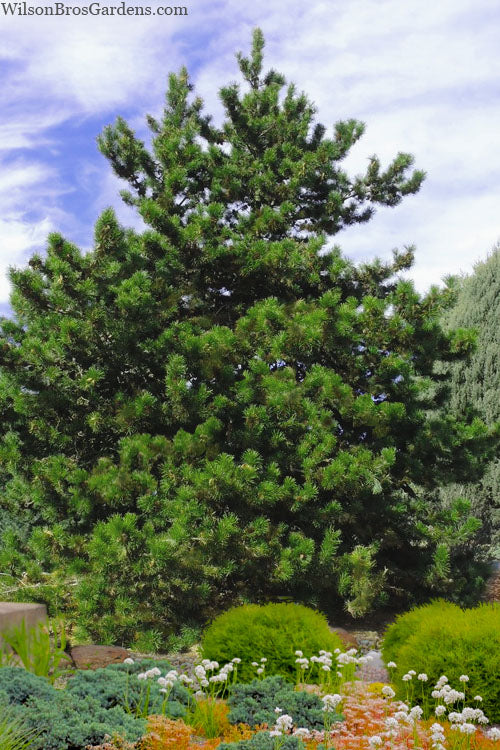
Virginia Pine Tree
Finding a tree that combines rugged charm with year-round appeal? The Virginia Pine Tree is your perfect match! This native Eastern beauty stands out with its unique twirled needles and a dense, pyramid-shaped crown, making it a striking addition to any landscape.
In winters, the reddish-brown bark of this tree provides a warm contrast against the snow, while its evergreen needles keep your garden lush and vibrant throughout the year. This ensures your outdoor space remains lively even when other plants are resting.The Virginia Pine also supports local wildlife by offering food and shelter to birds and small mammals. Its adaptability to different soil types—from dry, rocky areas to moist, well-drained spots—makes it a versatile choice for various settings.
Whether you're enhancing your garden’s beauty, supporting wildlife, or looking for a reliable tree for reforestation and erosion control, the Virginia Pine delivers!

|
|
Summer |
|
|
Green |
|
|
Over 25 Feet |
|
|
Corkscrew Willow spreads via seeds, suckers, and root expansion |
Corkscrew Willow
This tree is a standout choice to create an enchanting view in your garden! Corkscrew Willow is renowned for its quirky, spiraled branches and gracefully drooping twigs that bring a whimsical flair to any landscape. Its branches start as slender, olive-green stems and mature to a distinctive gray-brown.
In early spring, the Corkscrew Willow reveals fuzzy yellow-green catkins that gradually turn brown as summer progresses. Even after the leaves fall, the tree’s twisted branches continue to offer visual appeal, creating a captivating view in your garden through the colder months.
Besides being a treat for the eyes; it’s also highly functional. It can reach as high as 40 feet tall with about 20 feet wide canopy for shade that’s perfect for a cool retreat in your yard.
If you want a tree that grows quickly and give both beauty and shade, the Cockscrew Willow is the best choice to make your backyard an inviting place for seasons to come

With these protective measures in place, your Box Elder tree will be well-equipped to weather the cold season. Come spring, you'll be rewarded with healthy new growth and a tree ready to provide another year of shade and beauty to your landscape.
Box Elder trees
Box Elder trees, while naturally hardy, benefit from thoughtful winter preparation to ensure their continued health and vigor. As autumn's crisp air signals the approaching cold season, begin your winter preparation by assessing your tree's moisture needs. These adaptable trees require thorough hydration before winter sets in, particularly during dry fall seasons. Using a slow-drip method, water deeply around the root zone until the soil is well-saturated, giving the tree a crucial moisture reserve for the challenging months ahead.
Protecting your Box Elder through winter requires careful attention to mulching practices. Start by gathering high-quality organic materials - either aged wood chips, natural bark pieces, or composted leaves work well for this purpose. Spread this protective covering in a consistent layer, roughly 3 inches deep, making sure to begin several inches away from where the trunk meets the soil. Continue the mulch outward until you reach just past where the outermost branches extend.
Young Box Elder trees and those in windy locations need extra attention. Consider wrapping the trunk with breathable tree wrap or burlap, starting from the base and working upward. This protection helps prevent winter sunscald and shields tender bark from harsh winds and temperature fluctuations. While it might be tempting to prune during winter, resist this urge. Instead, save any necessary pruning for early spring when the tree can better heal and recover.

Cedar tree
Preparing your Cedar tree for the winter season is crucial for maintaining its stunning evergreen beauty and ensuring its long-term health. While Cedars are naturally cold-hardy, proper winter preparation helps them withstand harsh conditions and emerge vibrant in spring.
Begin your winter preparations in late fall by thoroughly watering your Cedar until the ground freezes. Deep watering is essential as it helps prevent winter burn, a common issue where needles become brown and dry from winter dehydration. Create a consistent watering schedule, ensuring the soil remains moist but not waterlogged, as Cedar trees need adequate moisture to face winter stresses.
Establish a protective mulch barrier around your Cedar by spreading 3-4 inches of natural mulching materials from the trunk's perimeter to the outer canopy edge. Keep a small gap between the mulch and tree trunk to prevent moisture-related issues. This essential winter protection helps shield the root system from extreme temperature changes, locks in vital ground moisture, and creates a natural defense against winter's harsh effects on the soil.
For young or newly planted Cedars, consider creating a protective barrier using burlap wrapping, especially if planted in exposed areas. This shield protects against harsh winds, winter sunscald, and ice damage. Secure the burlap loosely to allow air circulation while providing adequate protection.
Remember, a healthy Cedar tree is your best investment in year-round landscape beauty. Our expert team is always available to provide additional guidance specific to your tree's needs and local climate conditions.
Frequently Asked Questions
🌳Can I combine perennials with other plants for an attractive display?
Absolutely! Fall perennials pair beautifully with ornamental grasses, late-season annuals, and shrubs with colorful foliage. This creates depth, texture, and visual interest in the autumn garden.
🌳How do I prepare perennial plants for winter?
To prepare perennials for winter:
- Throw in a thick layer of mulch around the plant base to insulate the roots.
- Prune the dead leaves after the first few weeks of cold.
- In very cold climates, provide extra protection like evergreen boughs.
🌳 What trees to plant to get a quick shade in summers?
✔️ Silver Maple Tree
✔️ Cockscrew Willow
✔️ Sweet Gum Tree
These trees are excellent choices for providing abundant shade and are known for their rapid growth, making them perfect for quickly creating cool, comfortable outdoor areas.
🌳 Which tree is best for attracting wildlife to my yard?
Mimosa Tree is excellent for attracting bees, butterflies, and birds with its nectar-rich blossoms.

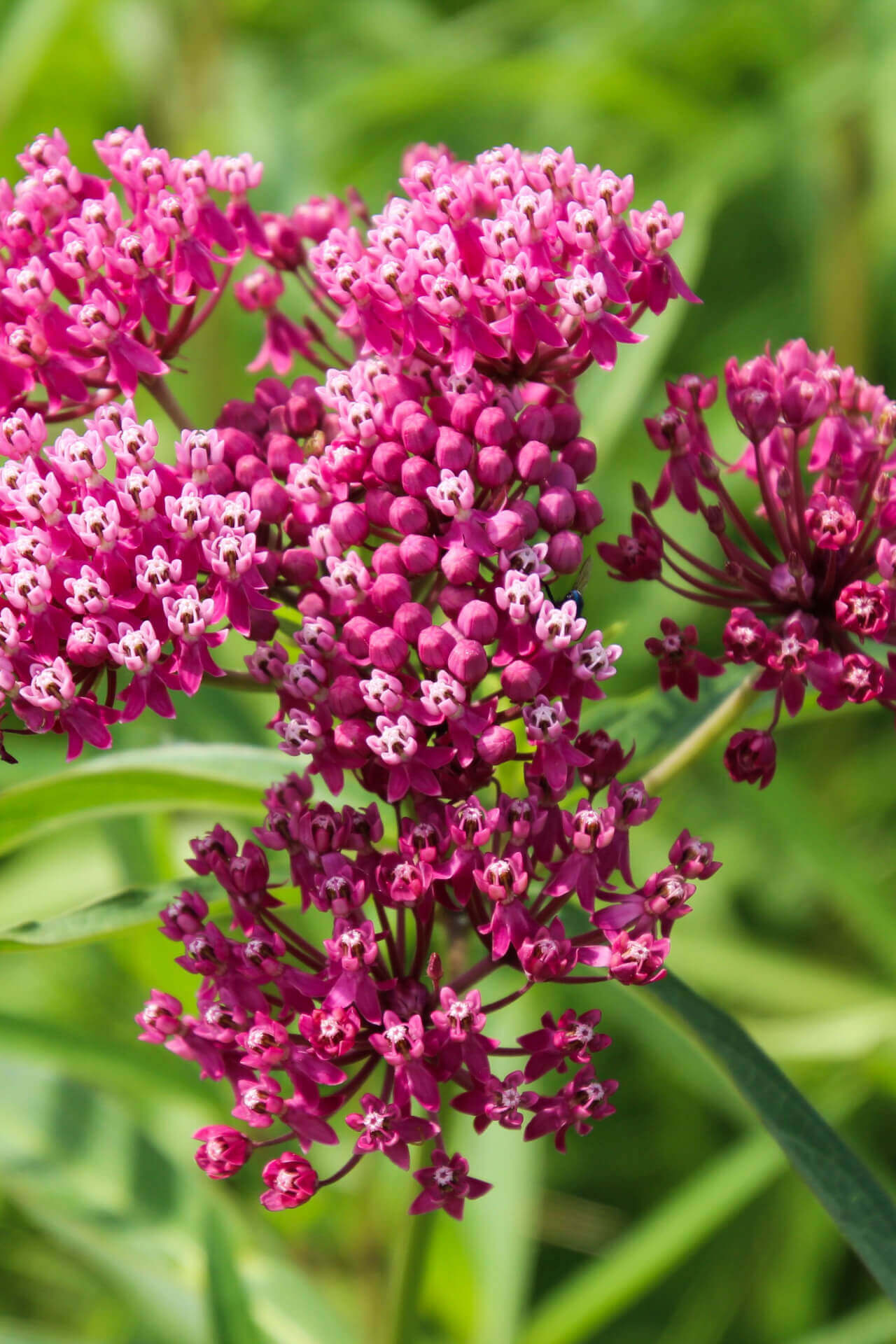
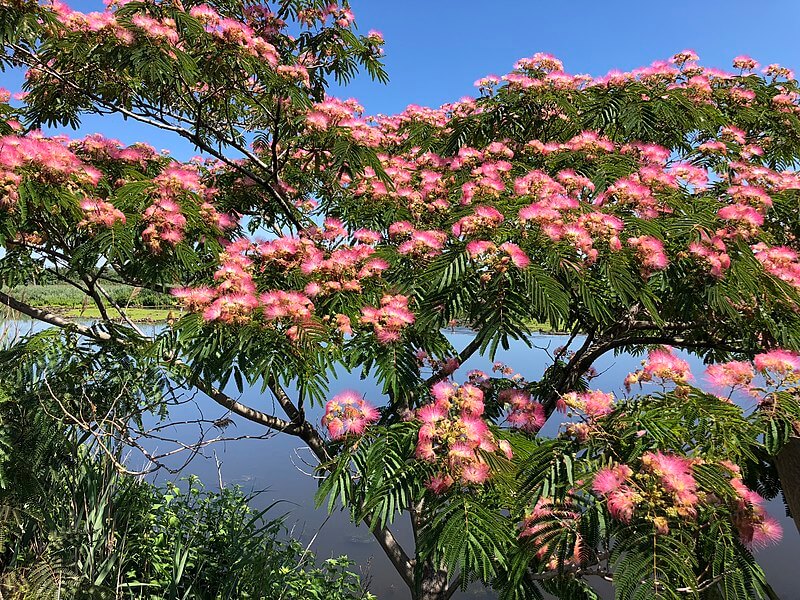
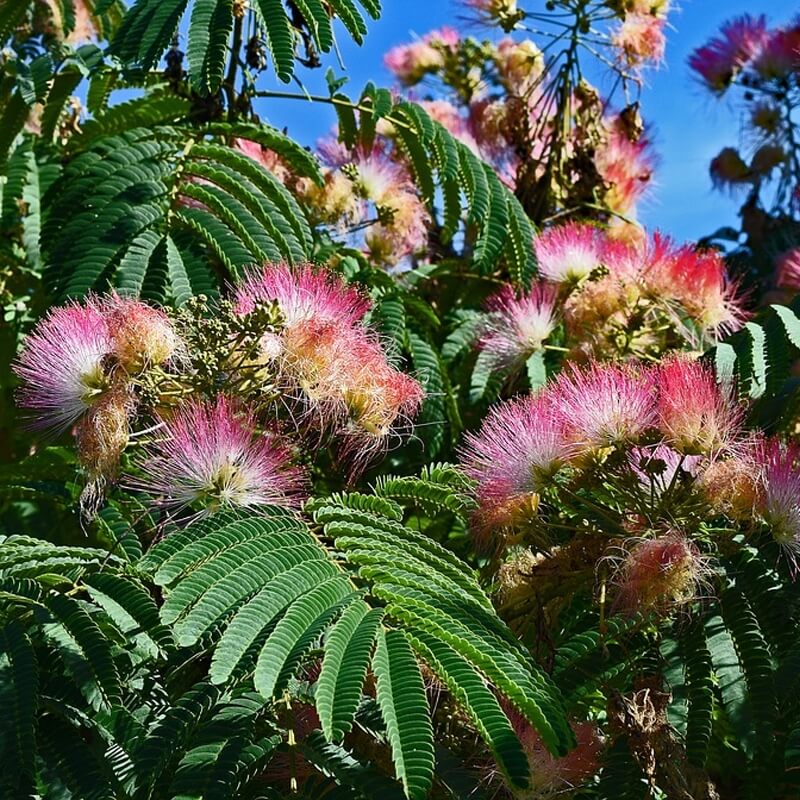
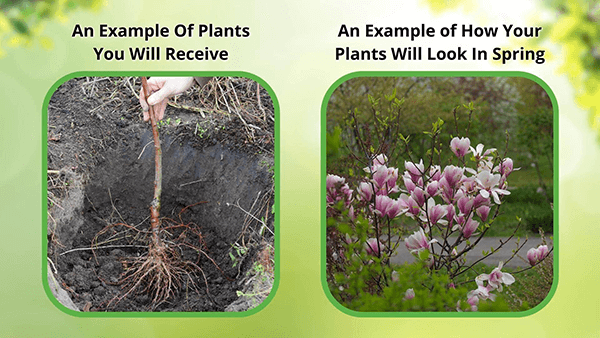






















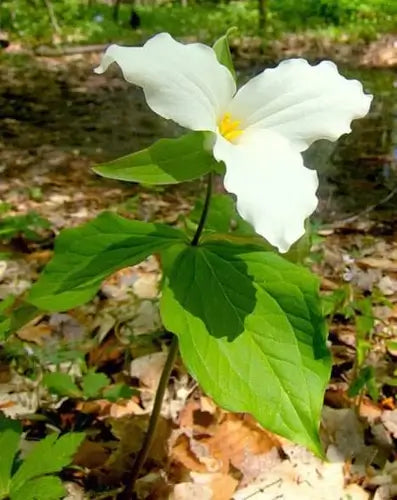


























 " alt="Featured Collection Perennials " />
" alt="Featured Collection Perennials " />
 " alt="Featured Collection Ferns " />
" alt="Featured Collection Ferns " />
 " alt="Featured Collection Live Moss " />
" alt="Featured Collection Live Moss " />
 " alt="Featured Collection Trees " />
" alt="Featured Collection Trees " />
 " alt="Featured Collection Shrubs " />
" alt="Featured Collection Shrubs " />
 " alt="Featured Collection Vines " />
" alt="Featured Collection Vines " />
